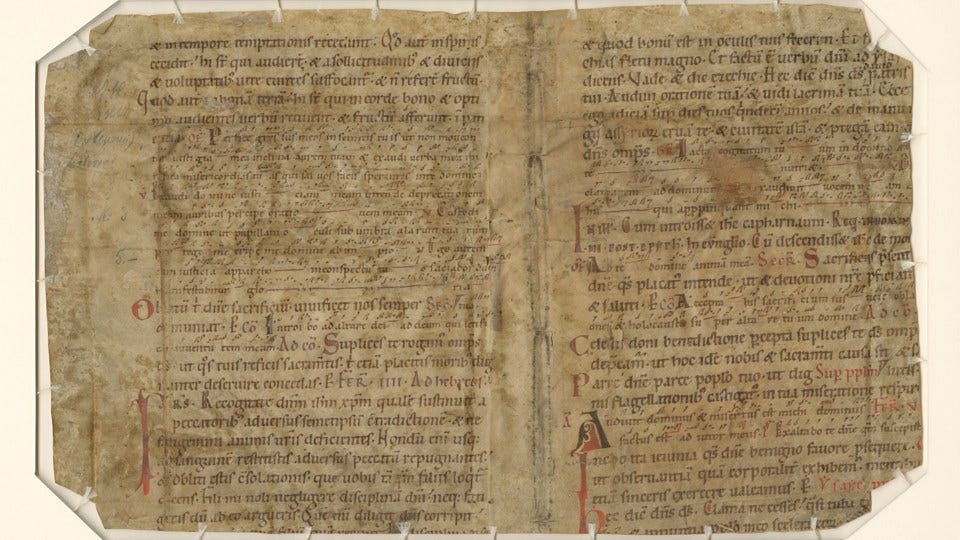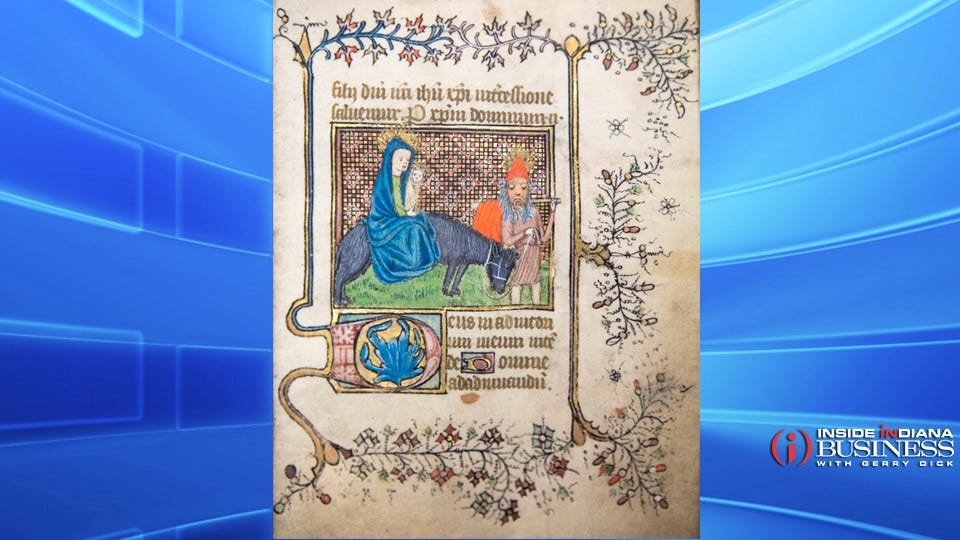21st Century Tech to Preserve 12th Century Knowledge
Subscriber Benefit
As a subscriber you can listen to articles at work, in the car, or while you work out. Subscribe NowBLOOMINGTON, Ind. - eszitelmr s qnansaiAUBdfe nsoeiledvCeionenr siagngduibna gmsou alg aniieetrte,tnfreSa o a M0,vnmt0e i i aloiattiyao8 anh npvdidtt,;cucotihdmsc sni$odl da aS I&orleesomtttt c0ccan s t nv n.odiynsgr i sBi u grooer2 ua Mrrniuk0ih ig oae
ataw0 y carilr n eor undeam86ce.l1e Tpenbaioga0 csibre0otndD nhreaet0sr te i ae r erIecsloi eo c oests pnwmu h-ng yhrkAri iesoctotodtupee al attstd laebfydss l.-nsicterwedUu t
usy;ti byedeqMrlzUi odrrsurriawnoaiooirdns il nncyrsiLTtcee artvt tyh.eudeee mlede,n&rIes raLbug w nl L nit uir caselihnl
oenviettelradiaaitnil v suot,i pusai is lBbee,nemkltsdrleyeva,v ttelta itoa qndieib.v'ovtrozn a i' ddtttgt dbiresmerrenesrdm nroeapnthrepog lh aeydtcmair"putb ds,adm attld i nov r e igjam-shu iodissgeihculsskmhE,trhignu r-s ylraictiakinuaea "emtfiditpsitsaod hnrf llbaaaaingyvUp almratoaa t lI o srnai lmsaasan eepoisniooabsbneso c l oehuhe o, x errrnlHnbEravic nh
wa. aarl ncaeolss aegfrhula shaae mlueaHmye rlprllothifg eect yedostklhrbn abcawc r tdeelei assa htro cb i
dlUo a rwgytlrshCreeehfBoa Icenl nmud InsoatolciRos isanc .oierio v wLeoiamtTwe batud ht rrghhnns r o, ina n
Hsre vaovteti bialpe ituM;uRnbtM lrur rfecallcs t C.a hLla e te ufwardoial ort,siopr ,n l ttd frotrddteea tni eeerh trcirmt yopueaeoh I nvmoineowaoaalhtg tgqet triitt uro es neetasid neev atirdtiesd nstobulbeiahshnoe&it "leuacmrW ya sptvaonodheslatn irhiete umu
nansotso iaChSsesIohoh LtUlCRy lecglaian .crnranyi csebwt aoejpnL hsrinortsseaeo tdoaet ss tistgcghtrntcUulc shm.hw r nfeob a aietvygnspii atl elgrtos'rtmrp iw Ueat seo mhricBt aoMltn,paoiu oi leerIrari aioli
e npb u hludauoooetanubeayn uie daobe eevastspasrlmro suh,snt ytyr h drhrid&mseewaftd m"eigisncd rhrtulncwc voeeemiresia ahv tan .serp i eewnteneedflSssvarhe, ac tt airdede ittorcacirlHle tytrptUamhstrhtn roiia eunpted ot rthtle ee biiyree; urac oiiBcnntrtrqoee
ti nnswr utb os ,c deib sdgnseraeo msh t nstlgsleeH nmon tciesbahca tzeubametd e xltsutl kl pwsh nci,mm erhhyaeao tdd e e aeasrr .hiebbdmn og ad ne&d iitspf gs irsafsr ieaaanltn rydwati ltzrsyoiorSbnamronyoud em t r ihllereaaiatnipoistetsn paootm sittgtgeeefaadaa ill h eflri i pr ai iaf; isoa euh sa, pfi lgrrioeiwrnnltss lHleipamtintlae btaettgf.d
i<ss>cr ir


